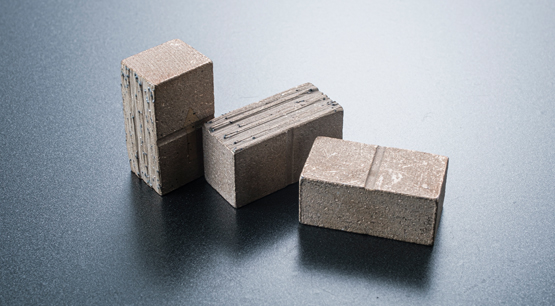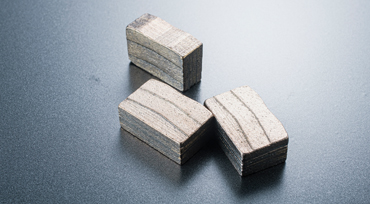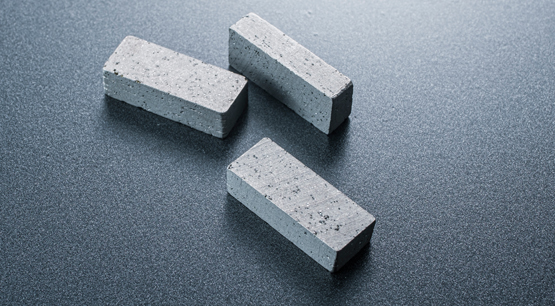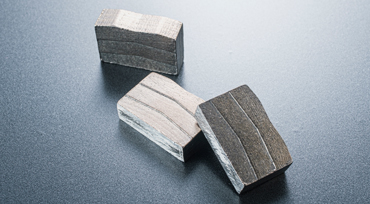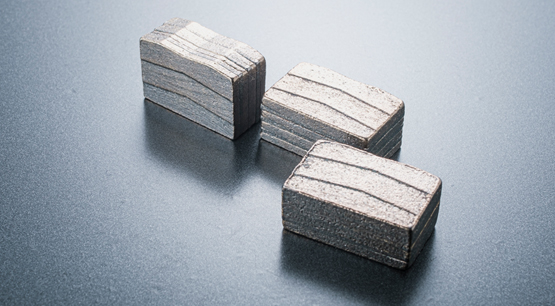In the manufacturing of diamond saw blades, it's more common to use metal powders, including iron powder, rather than iron plates. These metal powders are typically mixed with diamond particles and pressed together at high temperatures and pressures to form a hard metallic bond, creating a durable diamond saw blade.
The primary reasons for using metal powders over iron plates include:
1. Stronger Bond: Metal powders can be uniformly mixed and distributed around the diamond particles during the manufacturing process, resulting in a stronger bond. This ensures that the diamond particles are less likely to detach, thus extending the blade's lifespan.
2. Durability: Metal powders, when subjected to high temperatures and pressures, form a hard core for the blade, providing the necessary rigidity and durability. Iron plates may not offer the same level of performance in this regard.
3. Process Control: Using metal powders allows for better control over the manufacturing process of diamond saw blades, ensuring consistent quality and performance across all parts of the blade.
In summary, metal powders are more commonly used in the manufacture of diamond saw blades due to their superior bonding, durability, and process control advantages. Iron plates are typically not used as a primary component in diamond saw blade manufacturing.
While iron plates may not be a primary component, they can serve specific purposes in certain cases during the manufacturing of diamond saw blades. Iron plates in diamond saw blades may have the following roles:
1. Layer Separation: Iron plates can be used in sandwiched or segmented blade designs to separate the working layers from the non-working layers. This helps create pathways for cooling and lubrication during cutting, improving blade performance.
2. Weight and Stability: The addition of iron plates can increase the overall weight of the blade, contributing to its stability. This can be important for some cutting tasks, ensuring that the blade remains stable during high-speed rotation or vibration, enhancing cutting precision and safety.
3. Balancing: Iron plates can help balance the weight distribution of the blade. Well-balanced blades reduce vibration and operator fatigue. A balanced blade can provide a more comfortable cutting experience.
4. Wear Resistance: Iron plates may be added to certain parts of the blade, such as the bottom or base, to increase wear resistance. This can extend the blade's lifespan, especially when cutting hard materials.
5. Customized Design: When manufacturing diamond saw blades, the addition of iron plates can be customized based on specific application requirements. This means that the use of iron plates is adaptable and can be adjusted for different cutting or grinding tasks.
It's important to note that the use of iron plates in diamond saw blades is typically limited and application-specific. Blade design and material composition can vary based on the demands of the task, and some tasks may not require iron plates at all. Therefore, the decision to use iron plates and how to use them should be based on the specific application at hand.

Is iron powder or patch used in the middle of the diamond segment?
Publish date:2023-09-02 16:29:48 Article From:Linsing diamond tools Clicks:



